Economic growth of 11%
On the afternoon of November 26, continuing the program of the Hanoi People's Council meeting, with the majority of delegates in agreement, Hanoi passed a resolution on the socio-economic development plan for 2026.
According to the resolution, in 2026, the city will continue to promote growth, boost industrialization, modernization and develop the private economy. At the same time, promote science, technology, innovation and digital transformation; develop culture, education and training; ensure social security and improve social welfare.
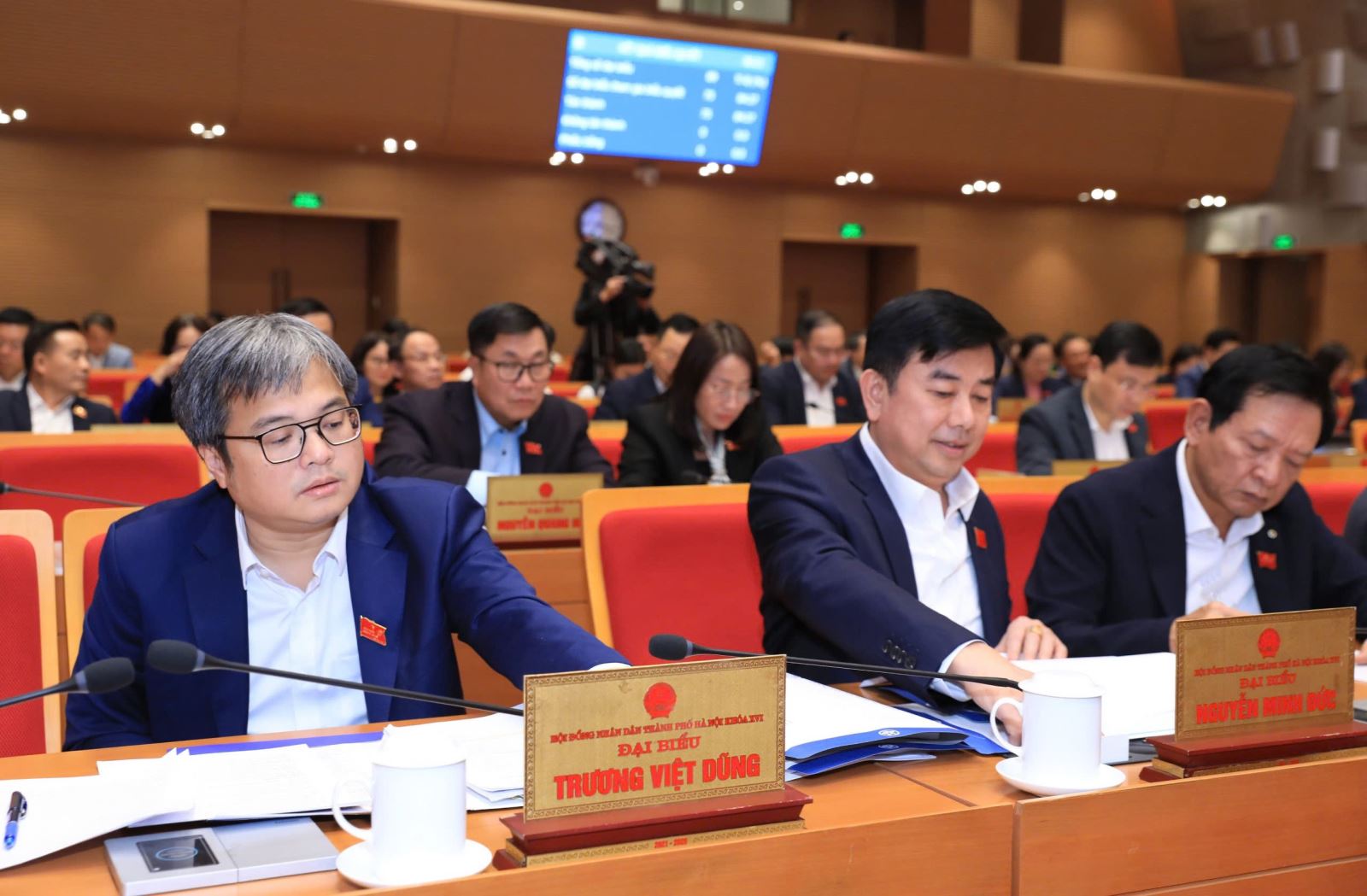
The Hanoi People's Council also approved 26 key targets for socio-economic development. Notably, Hanoi set a target of GRDP economic growth of 11%; GRDP/person of 198 million VND; realized investment capital of 730,000 trillion VND; export turnover increased by 12%; and price index control under 4.5%.
In 2026, Hanoi will be determined to implement solutions to overcome five bottlenecks: flooding; traffic congestion; environmental sanitation, air pollution; food safety and hygiene; and urban order.
At the same time, coordinating planning adjustments contributes to forming a synchronous urban railway network, linked with urban development, interconnected, multi-modally connected with other types of transport, and minimizing environmental pollution.
Hanoi also ensures the progress of key projects including urban railway line No. 2.1 (Nam Thang Long - Tran Hung Dao); Van Cao - Hoa Lac line; site clearance work for the Lao Cai - Hanoi - Hai Phong high-speed railway line; Ring Road 4 - Capital region; bridges across the Red River (Tu Lien, Thuong Cat, Tran Hung Dao); and the commencement of the Red River landscape boulevard project.
Fewer businesses dissolve
This afternoon, Vice Chairman of Hanoi People's Committee Nguyen Xuan Luu represented Hanoi People's Committee to receive and explain groups of issues that delegates were interested in.
Specifically, regarding the delegates' concerns about the number of dissolved enterprises being higher than newly established enterprises, Mr. Luu said that the city has reported on this issue. Accordingly, when the city opens up and the mechanism is strongly removed, more enterprises will be established.
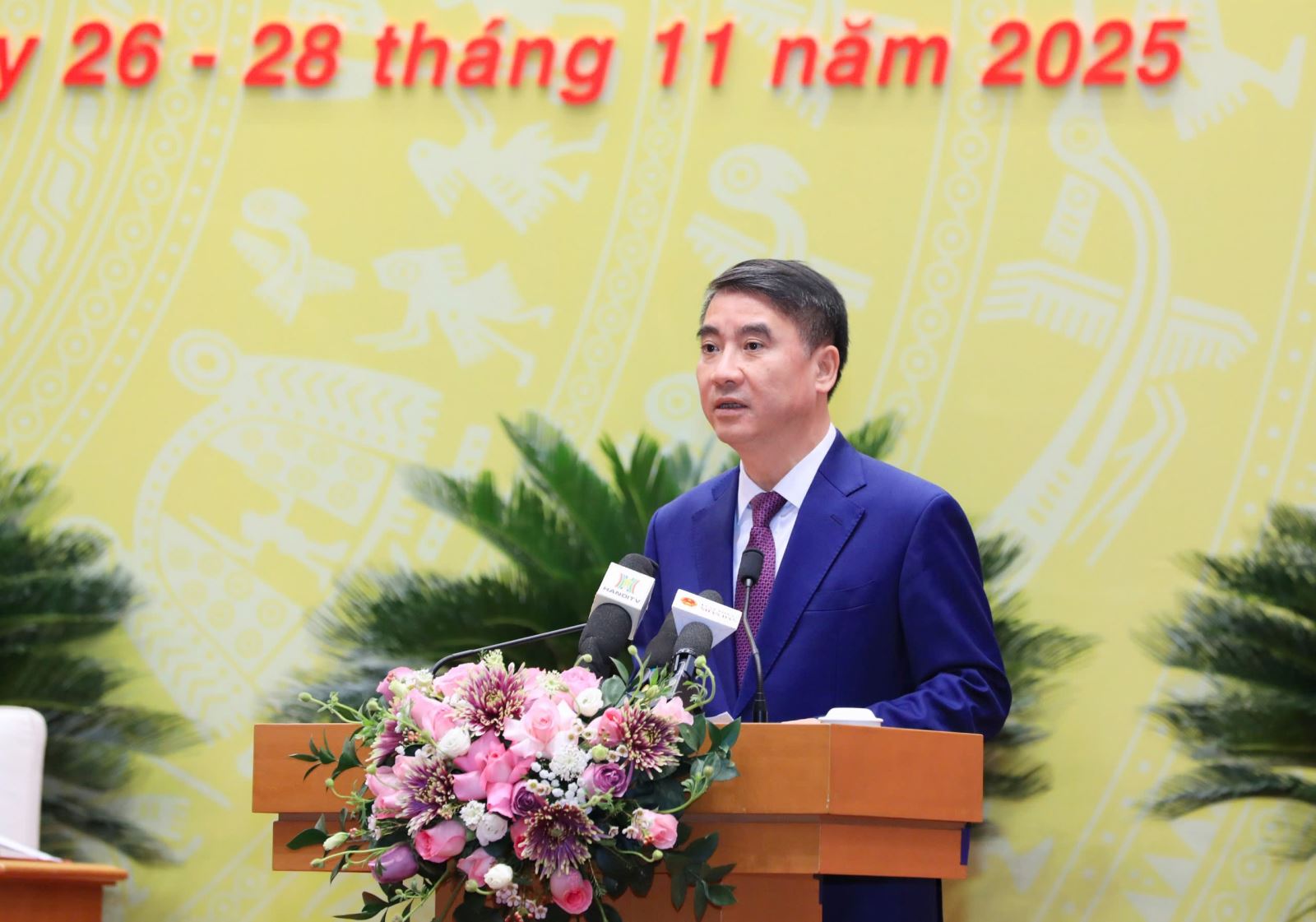
However, when the city tightened business regulations to ensure compliance with legal regulations, the number of "ghost" businesses decreased sharply. Therefore, according to him, although there were fewer newly established businesses, there were also fewer dissolved businesses.
"In the past, many businesses were established, but the number of dissolutions was also very large. There were businesses that dissolved only 3-6 months after establishment. These were businesses established to do something that was not of a production or business nature.
This is not a good sign, but it is not a bad sign. We would rather have few but good businesses, few but comprehensive businesses in all fields, businesses that operate strongly and reach their goals, than manage many businesses but ineffectively," said Mr. Luu.
According to the Vice Chairman of the Hanoi People's Committee, in the first 10 months of 2025, there were 36,518 newly established and re-operated enterprises in the city, 10% higher than the number of withdrawn enterprises.
Regarding the reasons why many businesses withdrew from the market, according to Mr. Nguyen Xuan Luu, it was mainly due to weak purchasing power, increased input spending, disruption of the global supply chain, tightening of regulations on fire prevention, environment, tax... causing many small and medium enterprises to not have time to adapt.
Source: https://baotintuc.vn/kinh-te/pho-chu-tich-ha-noi-siet-chat-kinh-doanh-cong-ty-ma-giam-manh-20251126172316023.htm
















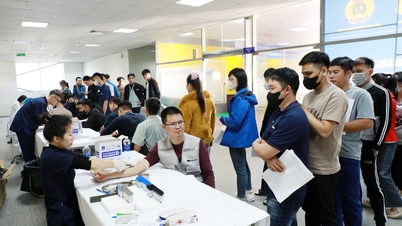

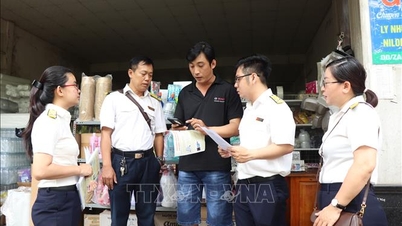












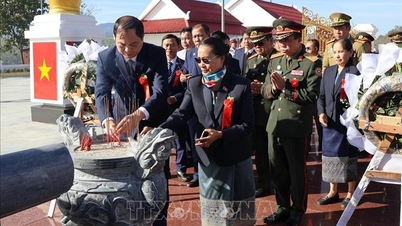
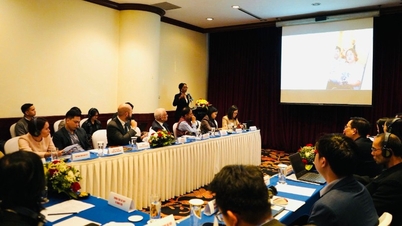

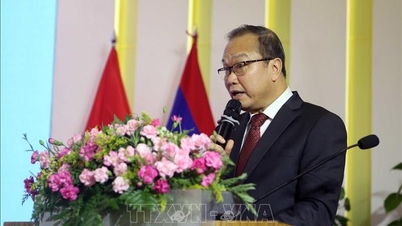
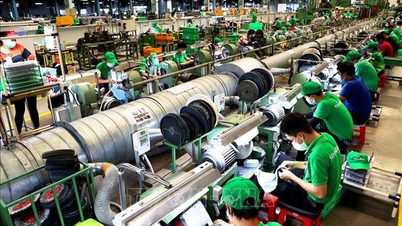
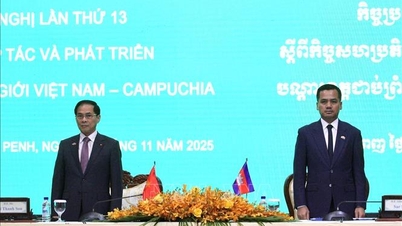

















































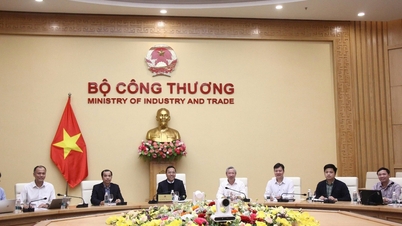






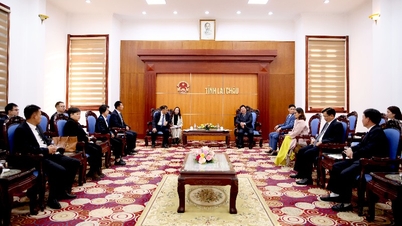




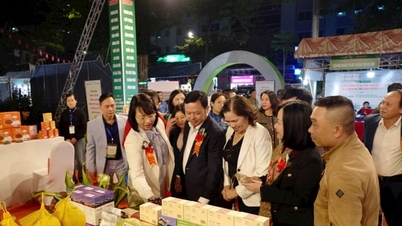











Comment (0)